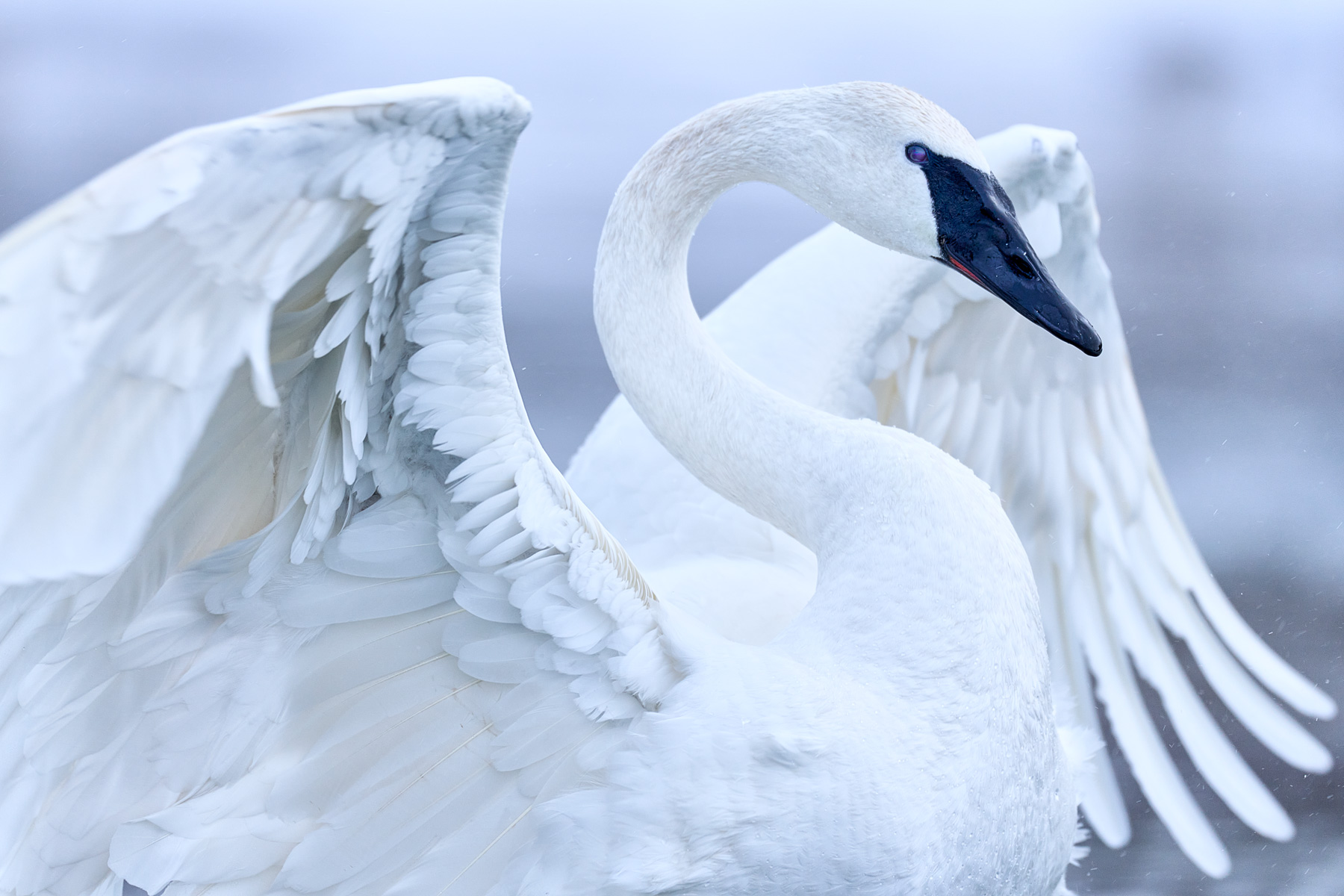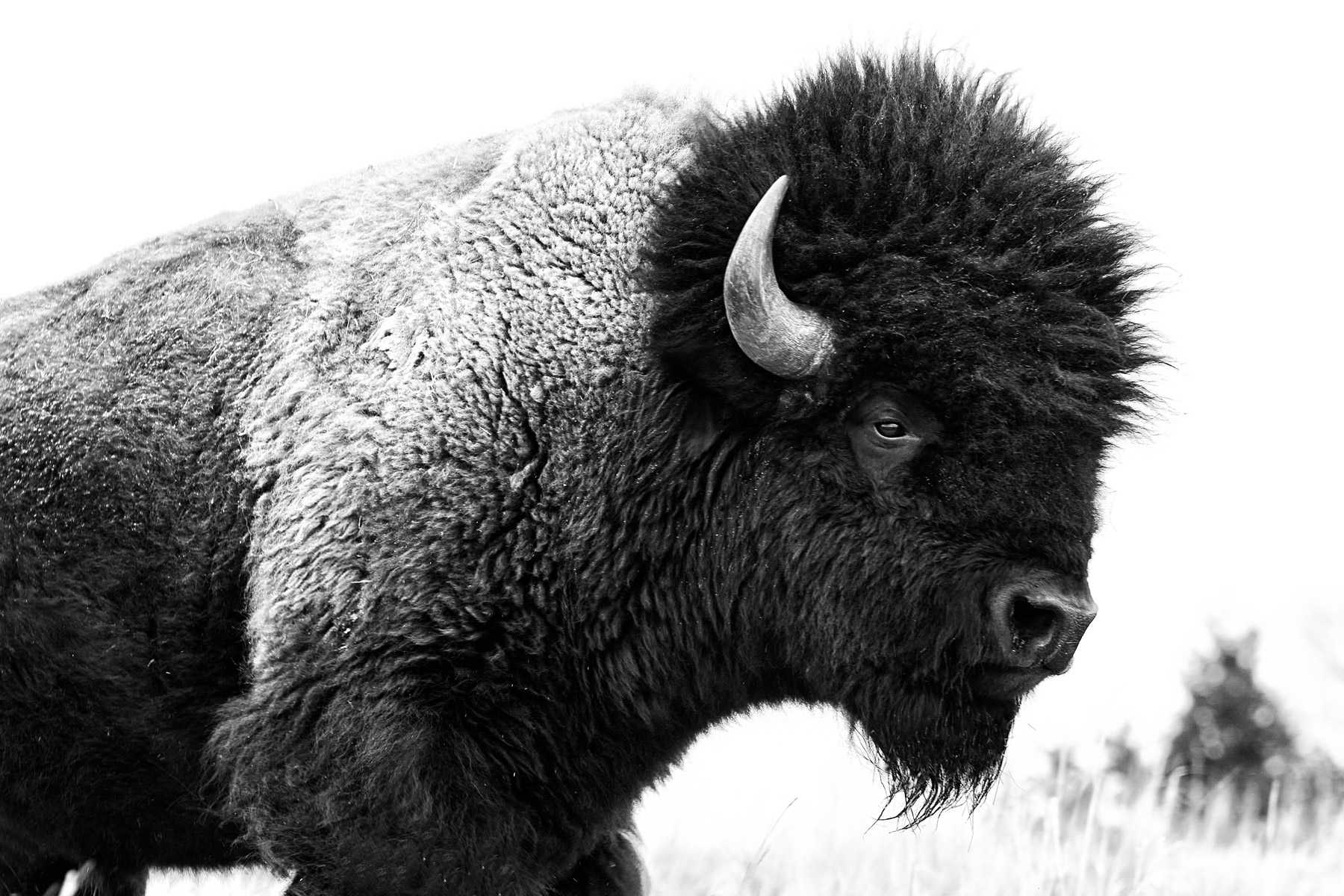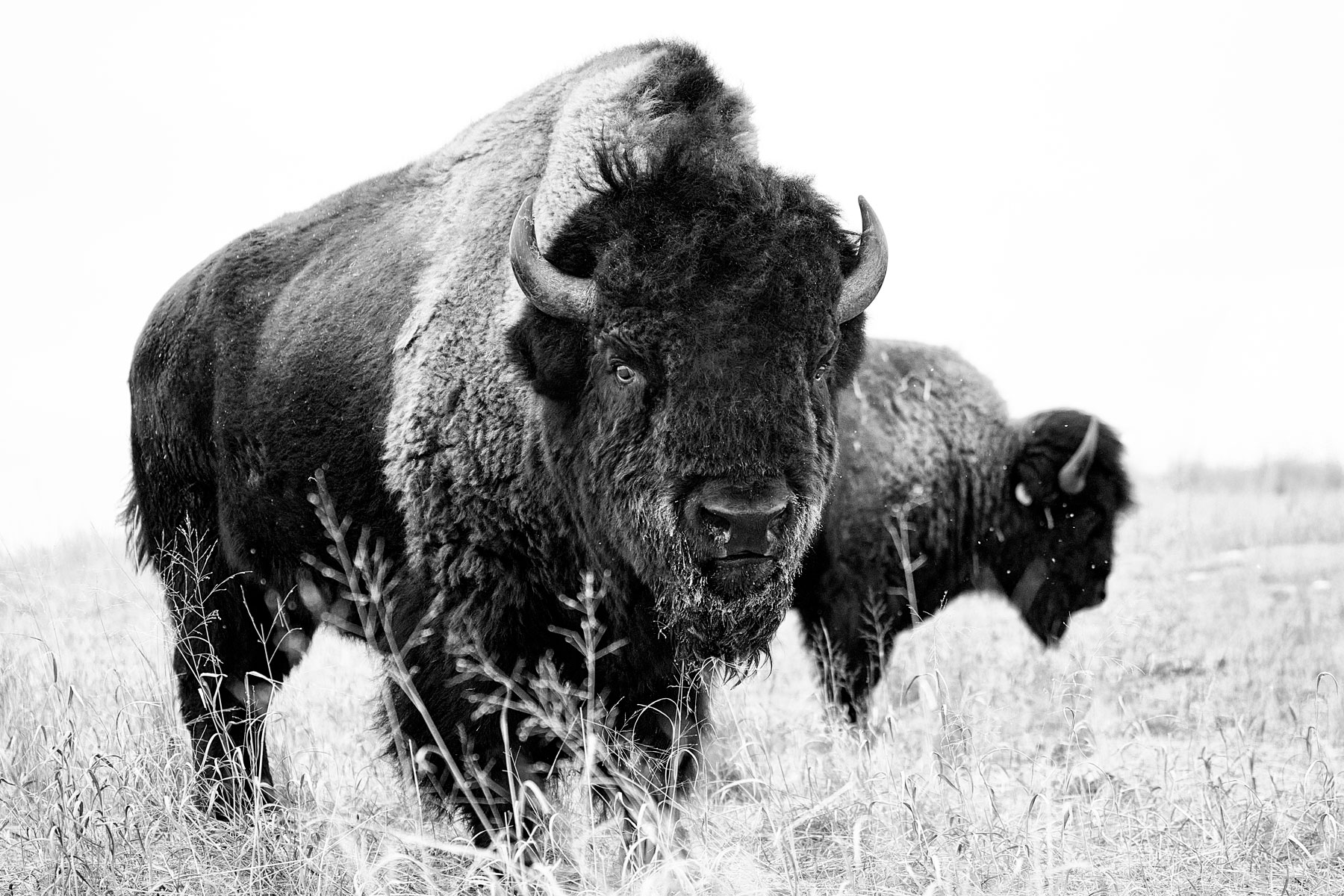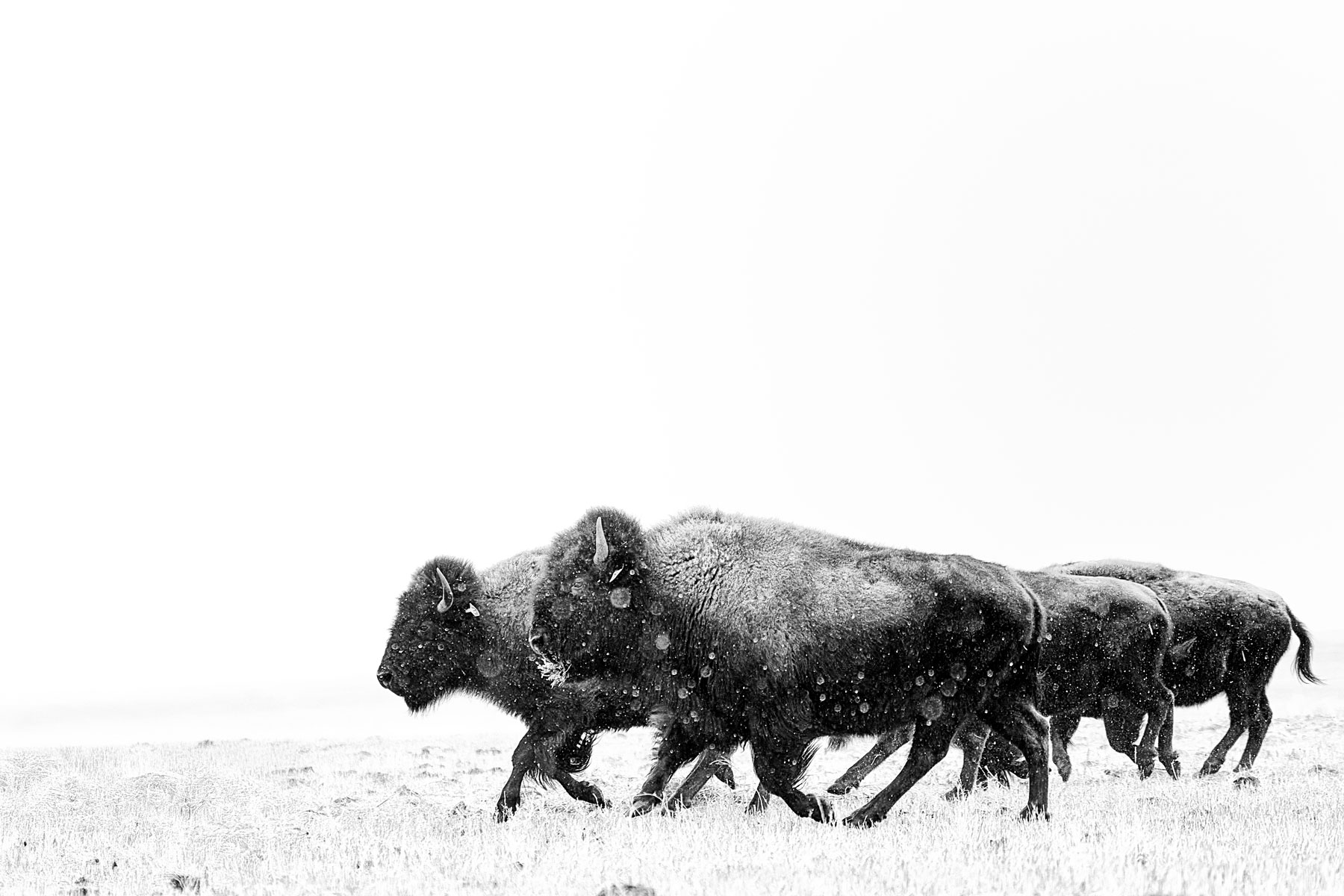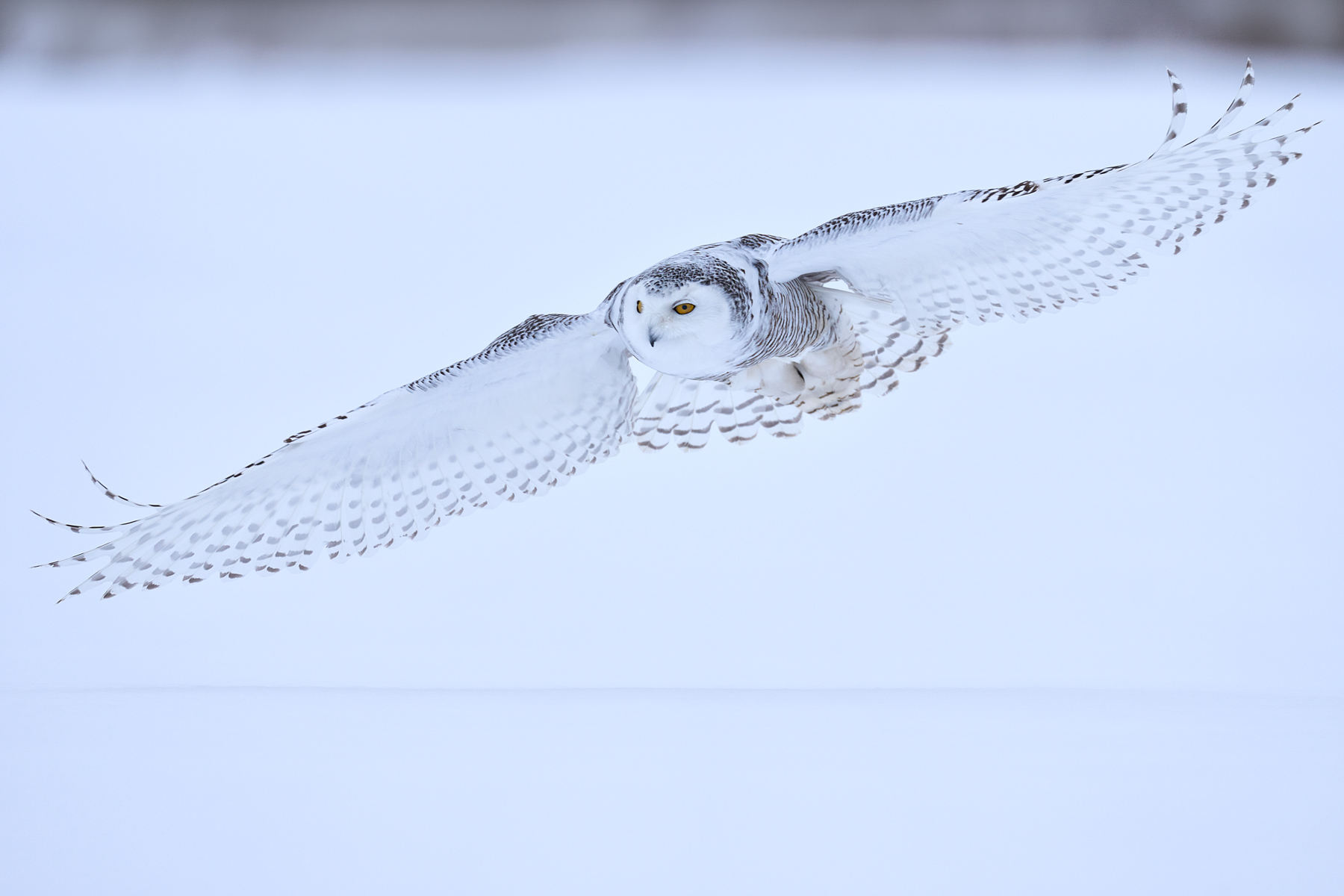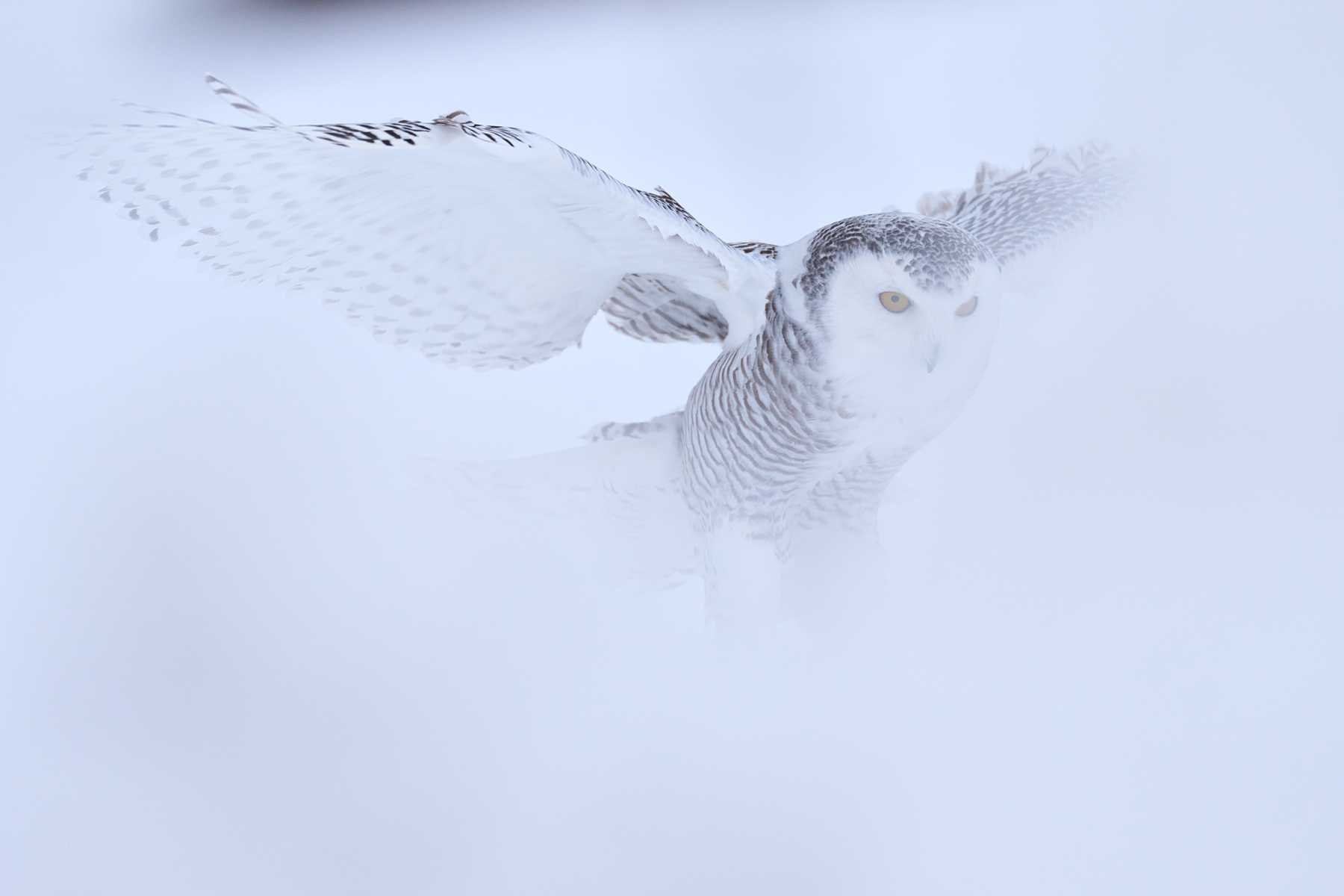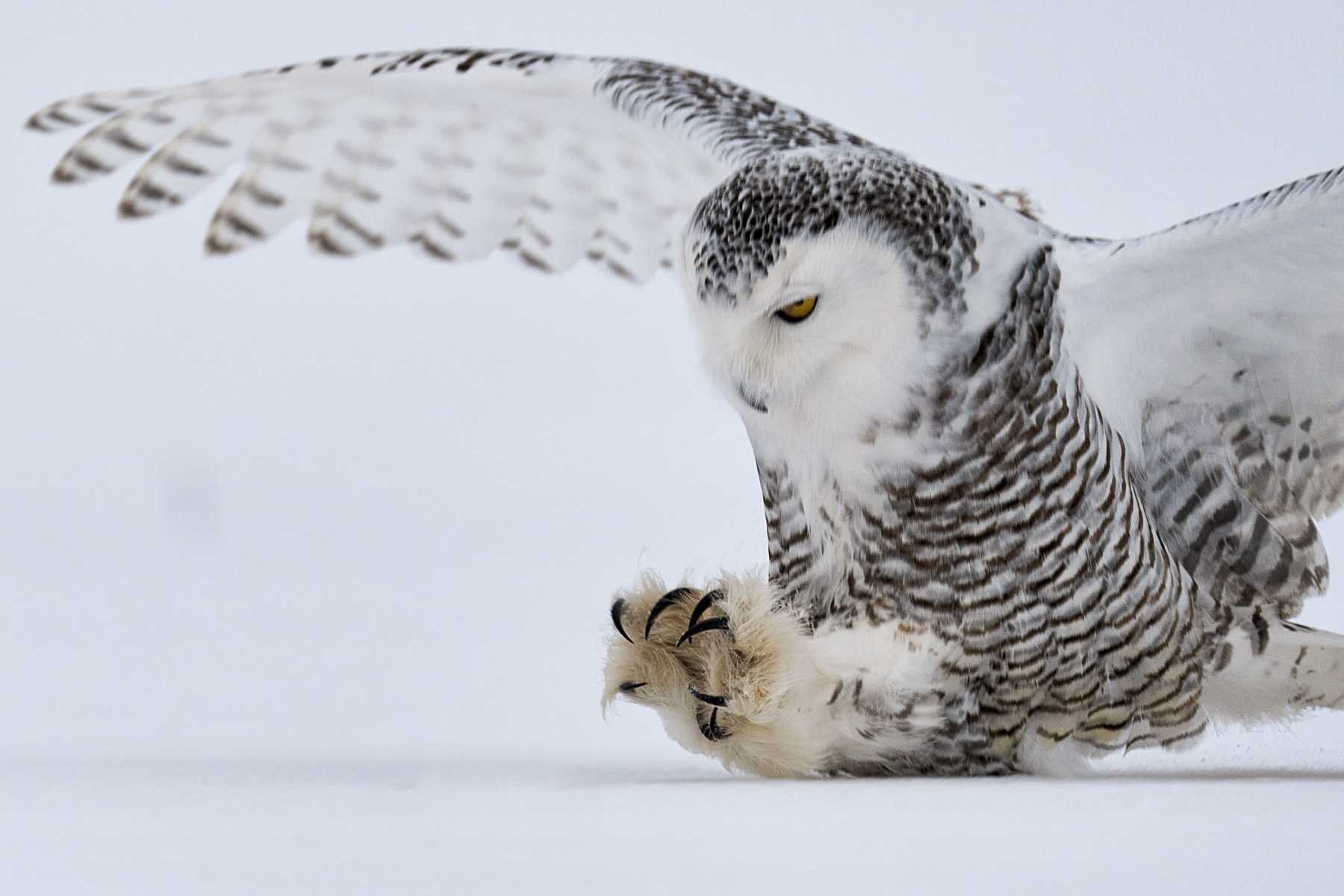When you think of “fine art,” what comes to mind? Perhaps you’re imagining a beautiful oil painting hanging in an upscale gallery, a masterful sculpture that commands attention, or a grand landscape carved in marble. Now, imagine a photograph — a moment captured in time, a fleeting glimpse of reality, frozen forever in a frame. But can photography, something that’s often seen as “just a picture,” truly be considered a fine art?
The debate surrounding photography’s place in the world of fine art has been ongoing for decades. Some critics argue that photography, due to its technical nature, cannot hold the same weight as painting or sculpture. Others believe photography not only fits into the fine art category, but it also brings a fresh perspective, capturing the world in ways other mediums cannot. So, is photography considered a fine art? Let’s dive deep into this question and explore what makes photography an essential and expressive form of artistic creation.
The Rise of Photography as an Art Form
Photography, in its early years, was viewed primarily as a tool for documentation and record-keeping. The concept of capturing reality through a camera lens was seen as utilitarian rather than artistic. But as the medium evolved, so did its ability to transcend the simple act of taking a picture. Early photographers, such as Ansel Adams and Edward Weston, began to use photography to express not just a scene, but an emotion, a mood, and a story.
The pivotal question remains: Is photography considered a fine art? The answer, more often than not, lies in the intention of the artist and the impact of the final image. A photograph that goes beyond its technical execution and captures the essence of the human experience can be considered a fine art piece. It becomes not just a reflection of reality, but an interpretation of it, shaped by the photographer’s unique perspective.
Take, for example, the stunning field of fine art horse photography. The powerful, graceful movement of a horse caught in a moment of motion or stillness often evokes emotion, capturing more than just the beauty of the animal — it speaks to the soul of the viewer. This level of intentionality and emotional connection is precisely what elevates photography into the realm of fine art.
Understanding Fine Art Photography
To truly understand why photography is often considered fine art, it’s important to first explore what makes “fine art” photography distinct from other forms of photography. In its purest sense, fine art photography is about creativity, expression, and the artist’s personal vision. It involves more than just snapping a picture of a subject; it’s about interpreting that subject through the lens in a way that conveys a deeper message or emotion.
Unlike commercial or documentary photography, which aims to convey factual information or sell a product, fine art photography is about invoking thought, sparking emotion, and providing a visual experience that can stand on its own as an artwork. A fine art photographer doesn’t simply record the world as it is; they transform it into something new, often conveying their personal interpretation of the world.
The Technical and Emotional Mastery Behind Fine Art Photography
Is photography considered a fine art? While the medium itself may seem more accessible than traditional forms like painting or sculpture, the process behind creating a fine art photograph is anything but simple. A fine art photographer must master both the technical aspects of their craft — like lighting, composition, and the manipulation of exposure — as well as the emotional aspects, such as timing, intuition, and storytelling.
Consider how the most celebrated photographers, such as Richard Avedon or Cindy Sherman, have used photography to communicate complex narratives. Avedon’s portrait work, for instance, goes beyond merely capturing the face of his subjects. It delves into the psyche of those he photographs, telling a story through body language, lighting, and expression. This kind of emotional depth is what sets fine art photography apart.
The Emotional Impact of Fine Art Photography
One of the most compelling reasons photography is considered fine art is its ability to evoke emotion. A great photograph doesn’t just capture a scene — it conveys the artist’s emotional response to that scene. It’s the difference between a snapshot and a masterpiece. Fine art photographers use their medium to make statements, raise questions, and provoke feelings in a way that resonates deeply with viewers.
For example, a photograph of a lone tree in the middle of a vast, barren landscape can evoke feelings of isolation and loneliness. Similarly, a portrait of a person caught in a candid moment can stir empathy, joy, or melancholy. The emotional power behind a fine art photograph is what makes it transcend the ordinary. It’s not just about the subject, but about what the subject represents and the way it makes the viewer feel.
The Role of the Artist’s Vision in Defining Fine Art Photography
The concept of “vision” is critical in determining whether photography is considered fine art. Fine art photographers often work with a specific message or feeling they want to convey, just as traditional artists do with paint or clay. Their camera becomes a tool for expressing their inner world, much like a painter’s brush or a sculptor’s chisel.
Take, for example, the renowned fine art horse photography that captures the intricate beauty of horses in motion. The photographer might not only be interested in showcasing the horse as an animal, but also in expressing themes of freedom, strength, and grace. Through careful composition, timing, and lighting, the photographer creates an image that resonates on a deeper emotional level with the viewer. This is what elevates the image from being “just a photo” to being a work of fine art.
Real-Life Examples: Is Photography Considered Fine Art?
Let’s look at a few real-life examples where photography is undeniably considered a form of fine art:
- Ansel Adams: Known for his breathtaking black-and-white landscape photography of the American West, Adams captured more than just the grandeur of nature. His images are carefully crafted, with attention to lighting, composition, and mood. His work transcends simple documentation and evokes a sense of awe and reverence for the natural world, placing him firmly in the realm of fine art.
- Cindy Sherman: As a conceptual artist, Sherman’s photography takes on a narrative quality that explores identity, culture, and the role of women in society. Her staged photographs are more than mere images; they challenge viewers to think critically about the way we perceive ourselves and others. Her work has been exhibited in major art galleries and museums, solidifying her place in the fine art world.
- Richard Avedon: Avedon’s portraits are iconic for their emotional depth and intensity. His work often strips away the pretense of traditional portraiture, leaving the viewer with a raw, unfiltered look at his subjects. His photographs speak volumes about the human experience, making his work a staple in the fine art photography world.
These photographers have demonstrated that photography can be a form of fine art, capable of conveying deep emotional and philosophical messages, just as powerful as any painting or sculpture.
Why Photography as Fine Art is Valuable, Rare, and Desirable
So, is photography considered a fine art? The answer lies in its ability to communicate on a level that resonates with viewers on both an intellectual and emotional level. Fine art photography is valuable because it challenges our perceptions, invites us to look deeper, and connects us with the artist’s vision. It’s rare because true fine art photography goes beyond technical skill; it requires the artist’s soul to be imprinted on the image.
Moreover, fine art photography is desirable because it offers a fresh and unique perspective on the world. A photograph can capture fleeting moments that would otherwise be lost to time. It immortalizes the beauty, tragedy, joy, and sorrow of life in ways that other art forms simply cannot.
Conclusion
To answer the question once and for all: Is photography considered a fine art? Yes, it certainly is. Through intentionality, emotional depth, and artistic vision, photography has earned its rightful place in the world of fine art. Whether it’s a stunning landscape, a poignant portrait, or a dynamic piece of fine art horse photography, the medium has the power to convey beauty, meaning, and emotion that transcends the ordinary.
If you are intrigued by the emotional depth of fine art photography and want to explore how powerful this medium can be, I invite you to view my gallery and discover the artistry behind each image. Photography, after all, isn’t just about capturing a moment; it’s about creating art that resonates with the viewer, telling stories that words alone cannot express.




